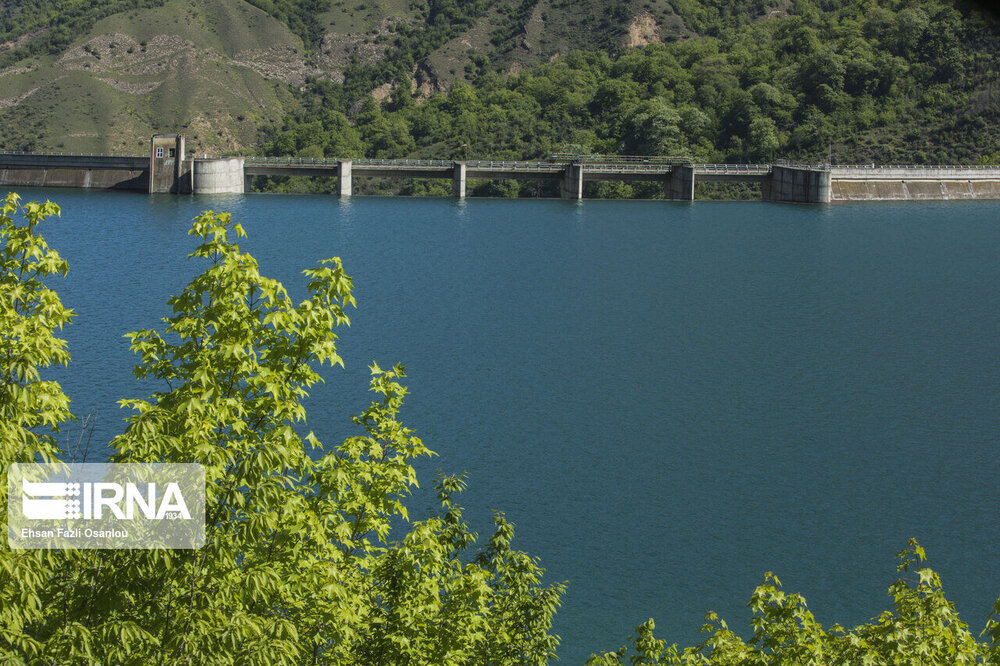Mazandaran holds potential to develop water tourism

TEHRAN –Rivers in the west of the northern province of Mazandaran hold the potential to develop water tourism in this area, the deputy provincial tourism chief has said.
Over 120 rivers cross the province, 30 of which are located in the west and have water all year round, Mehran Hassani explained on Sunday, IRNA reported.
In addition to providing an ideal environment for citizens and tourists to enjoy, some of these rivers include bridges or historical places along or beside them, which serve a very important role in promoting water tourism, the official added.
Boosting hydro tourism could lead to job creation and economic prosperity in the region, he noted.
However, proper investment and the cooperation of the private sector seem necessary, he mentioned.
Throughout the year, Mazandaran hosts millions of tourists from all parts of the country due to its many natural sights, such as the forest and the sea.
Sandwiched between the towering Alborz mountain range and the Caspian Sea, Mazandaran has a rich yet turbulent history. An early civilization flourished at the beginning of the first millennium BC in Mazandaran (Tabarestan).
Its insecure eastern and southeastern borders were crossed by Mongol invaders in the 13th and 14th centuries. Cossacks attacked the region in 1668 but were repulsed. It was ceded to the Russian Empire by a treaty in 1723, but the Russians were never secure in their occupation. The area was restored to Iran under the Qajar dynasty.
The northern section of the region consists of lowland alongside the Caspian and upland along the northern slopes of the Alborz Mountains. Marshy backlands dominate the coastal plain, and extensive gravel fans fringe the mountains. The climate is permanently subtropical and humid, with very hot summers.
Hydro tourism or water tourism involves traveling to places specifically to take part in water-based activities. Some individuals who do not wish to partake in water-related activities embark on water tourism trips so that they can visit tourist sites that sit close to bodies of water such as lakes, rivers, dams, oceans, etc. Water tourists are regularly independent travelers, although some travel businesses do organize group trips.
While water tourism often includes active chases, some water tourists visit islands and shore regions to join more relaxed pursuits such as diving or swimming. Travel businesses organize tours of coral reefs and arrange for local tour guides to preside over excursions on which travelers can swim with local marine life such as dolphins or even sharks. Some tour operators also cater to families who are primarily focused on swimming and tanning rather than interacting with aquatic life.
Water trips occasionally involve inland destinations such as lakes and rivers. Holidaymakers can sail or swim on lakes while many rivers are ideally suited to white water rafting. Additionally, some leisure businesses operate water parks that contain swimming pools, water slides, and areas for kayaking or canoeing.
ABU/MG
